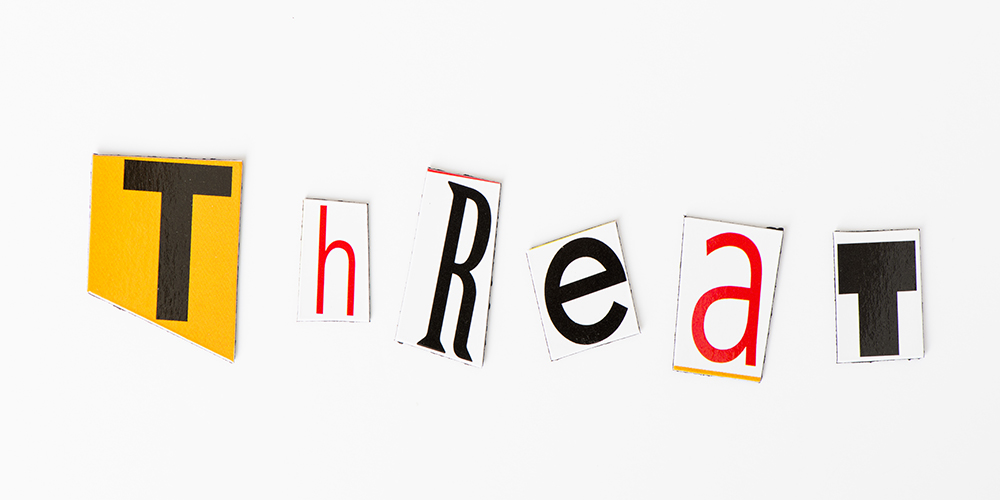Threats of school violence continue to pour in and officials are wrestling with how to best handle the influx.
According to James Densley, a professor of criminal justice at Metropolitan State University and a co-founder of the Violence Project, a non-profit research center, more than 150 threats were made nationwide in the week following the Nov. 30 deadly shooting at Oxford High School. For comparison, Densley said there were 151 school threats for the whole month of September, reports The Washington Post. That number alone is a fivefold increase over the number seen in a typical September, he added.
These growing concerns were only exacerbated by a recent TikTok “challenge” that threatened acts of violence in schools nationwide, dubbing Dec. 17 “National Shoot Up Your School Day.” The threats led to some school closures while other schools added police.
With each threat, school officials are having to make the decision of whether or not to close schools. Some say it is a simple decision and that they will close schools with every threat, while others say closing schools is an absolute last resort. Experts are also conflicted, says The Washington Post.
Amy Klinger, founder and director of programs for the Educator’s Safety Network, praised schools for taking threats seriously but said she would like to see fewer campuses close because returning to remote learning can cause trauma and anxiety for some students. Klinger also said more closures could lead to more threats.
“A kid could think, ‘I made a threat and it worked, we don’t have school, so I’m going to do that again,’” she said. “And copycats create copycats and you get into this cycle of threat closure, threat closure, threat closure, so it’s very difficult.”
On the contrary, Laurel Thompson, a board member for the School Social Work Association of America (SSWAA), says “every single threat” needs to be taken very seriously right now, no matter how harmless it may seem.
“We never know which one is going to be the one,” said Thompson, who was also involved in the response to the 2018 shooting at Marjory Stoneman Douglas High School. “We never want to make a mistake.”
Thompson said some teens make threats to mimic tragedies and receive notoriety while others stem from real distress that has only been exacerbated by the pandemic.
“For many students, their mental health situation — unrecognized, untreated — might turn to violence as a way for them to express themselves,” she said.
According to the Violence Project, more than 80% of mass shooters were in a noticeable crisis prior to carrying out the shooting (40.6% years prior, 29.7% months prior, 15.9% weeks prior, and 13.8% days prior).
The nonprofit also found most shooters who were in crisis exhibited 1-4 signs of a crisis, including increased agitation (66.9%), abusive behavior (41.9%), isolation (39.5%), losing touch with reality (33.1%), depressed mood (29.7%), mood swings (27.3%), inability to carry out daily tasks (24.4%), and paranoia (23.8%) Additionally, over a third of shooters showed five or more of these signs of crisis.













